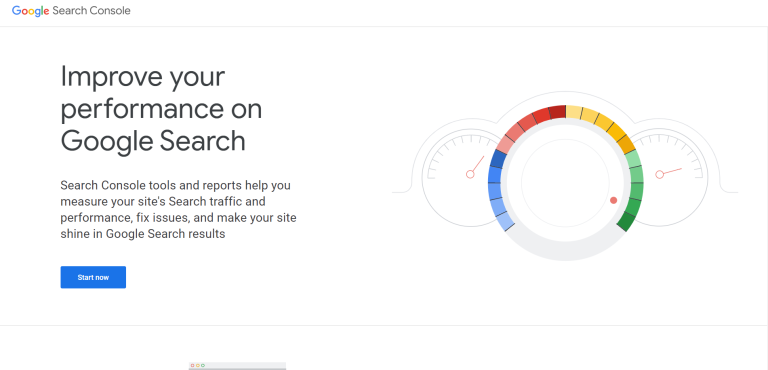Unless you have fled to the forest and entirely gone off the grid (but are somehow still reading this article), then the digital world is relatively inescapable.
It looms over what feels like every aspect of modern life. The many incredible benefits it provides businesses and individuals alike is nothing short of miraculous. Yet, there is a prominent, omnipresent dark side to it – a virtual space for cybercriminals to thrive.
Given the right circumstances, cybercriminals can be incredibly dangerous and pose a very real-world threat to any online user.
One of the cybersecurity threats to watch out for is the potential compromise of personal data even when using a premium VPN service, as advanced hackers continue to find ways to exploit vulnerabilities in these supposedly secure networks. Staying vigilant and regularly updating your VPN software can help mitigate such risks.
You may have heard the horror stories about data breaches in the news and how mind-bogglingly enormous a GDPR fine can be, but there is still every chance you might have thought, ‘it will never happen to me.’

Without putting sufficient safety measures in place, and perhaps more importantly, training yourself to watch out for potential threats online, you could be putting yourself at risk online.
Whether you own a business and want to make it safer online, or you think you could be doing more to prevent cybercrime as an individual, here are a few nefarious cybersecurity threats to watch out for.
1. Account Takeovers
Possibly one of the more alarming entries and one that can be combatted with the help of great software services, account takeover fraud is a complex and often highly damaging crime that occurs when malicious actors use deception methods to take control over a user’s accounts.
Defending yourself and your accounts against this action should be among your top priorities if you aim to keep your interests safe and secure in the digital world.
Consider investing in privileged access management, which secures elevated access accounts, enforces least privilege, logs activity, and protects against breaches. It automates processes to reduce errors and provides visibility into privileged user behavior to identify threats. PAM is essential for governing access and reducing risk.
2. Phishing Emails
An old but damaging and recurring form of cybercrime is the act of phishing. You have probably heard of this one as there are billions of phishing emails sent across the internet every single day.
There are, however, more intricate methods of phishing that you may not be acquainted with quite yet, such as third-party phishing. This is where a cybercriminal takes a breached email address and sends phishing emails to people on the contact list.

Protecting yourself against this type of cybercrime is a must. Otherwise, it could lead to a direct data breach or a financial vulnerability.
As long as you train your eye to spot a phishing email and you refrain from opening any dodgy links from unsolicited messages, you should always be able to put yourself on the front foot. In the same way, make sure your emails do not look like potential phishing scams.
Some of the dead giveaways on a phishing email include:
- Poor grammar and spelling
- Bold claims insisting that wealth awaits you if you click on a link
- Random and unrecognizable URLs at the end of the email address
- Messages from suspicious strangers claiming that they have money waiting in a foreign bank account just for you
- Emails masquerading as well-known companies (Apple, Amazon, Sony, etc.), but in reality, they are disingenuous and want to steal your money and details.
3. Machine Learning
In popular culture, machine learning and the advancement of AI have been at the heart of many narratives. Inducing fear and possibly even some misconceptions about the reality of the situation.

Machine learning does pose a threat when used by cybercriminals, though, and you should watch out for it.
While machine learning can be essential in the fight against cybercrime, also the other side can use it for malicious and deceptive reasons.
For example, a rogue program designed to infiltrate and gather information about an individual while learning to hide and improve itself using an advanced algorithm can be hazardous. Furthermore, it sounds like it leaped straight out of the third Matrix movie.
A way to defend yourself against this is to carry out regular cybersecurity assessments. also, to make sure your firewall and security service are up to date and scanning for threats.
4. DDOS (Distributed Denial of Service) Attacks
The widely feared and infamous DDOS attack has been the threat behind some high-profile breaches, such as targeting Google in 2020 and GitHub in 2018.
It occurs when a network is overloaded with information by cybercriminals, and it, therefore, ceases to function correctly.
This may leave the network open to a data breach or provide cover for those looking to steal data, but generally, the goal is to render a website or entire network unusable simply.

There are plenty of reasons why cybercriminals carry out this kind of attack. It might be to troll a company or an individual, or it could be for politically motivated reasons.
Defending against attacks like this can be done by ensuring that your network is strong enough to handle large spikes in traffic and that your infrastructure is secure enough to deal with multiple incoming threats.
Just to be on the extra-safe side, it is probably best to think about coming up with a contingency plan in the event you suffer a DDOS attack of your own.
5. Social Engineering
A particularly spineless and deceitful crime, social engineering in cybersecurity terms, is when a malicious actor seeks to manipulate an individual.
This could be to gain their financial details, identity, or data, or simply troll and hurt them.

It might happen from within an organization by a disgruntled employee trying to topple the company and access restricted and sensitive information. Or it could come from someone who knows the victim very well in real life and is cyberstalking them to steal their bank details.
Whatever the reason, recognizing this act before it is too late is vital in preventing the criminal’s success and protecting your interests.
By changing your passwords regularly and storing your most sensitive data in a safe place, away from prying hands and eyes, you can be sure you will start to reduce the odds of this happening to you.
In addition, you can invest in identity theft protection services. These are tools that are specialized in recognizing and preventing attacks that aim at stealing your personal information, and in helping you cope with the situation if it does happen.





Comments are closed.